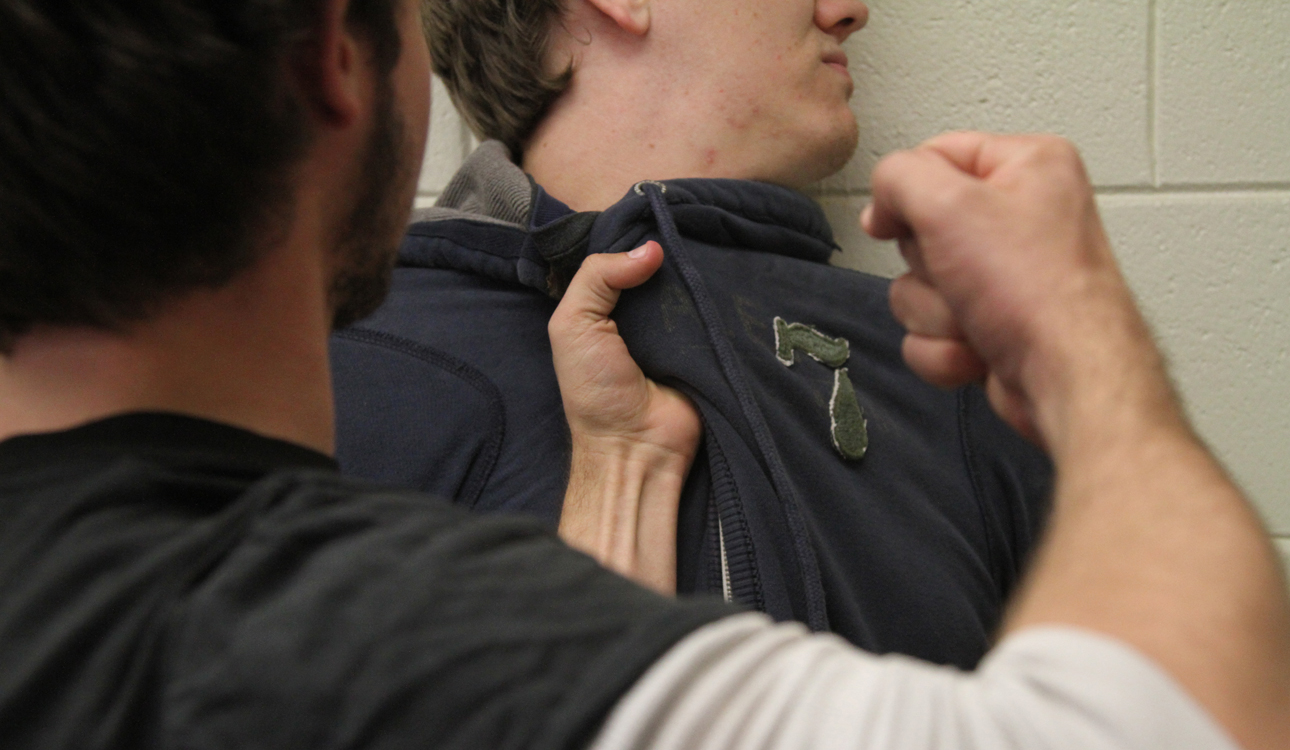
By Alyssa Maxwell
Reporter
A student’s ability to focus is negatively impacted after seeing acts of bullying, according to a research study conducted last month by Tracey Sulak, doctoral candidate in the department of educational psychology. The study was conducted for dissertation research and is a requirement for Sulak’s doctoral program.
Sulak began research for the study after observing a correlation between bullying and ADHD diagnoses in a previous study that focused on the inattentiveness of Baylor students.
“I decided to see if I could cause someone to behave more like a person with ADHD through exposure to bullying,” Sulak said.
Baylor students who participated as subjects in the study were shown three bullying videos, each three minutes long, which progressively became more aggressive when watched in sequential order.
Sulak said in the first video, a tall female bully verbally abuses a shorter female, making her feel victimized.
The second video shows the bully continuing the verbal assault, but this time she also pushes the victim, making her feel more victimized and helpless.
In the final video, the bully turns her back to the victim and has a conversation with another female, making the victim feel secluded. When the victim tries to interject in the conversation, the bully physically harms the victim by pushing her.
“Bullying is coercive because it involves an element of force and intimidation,” Sulak said. “The person acting as the bully is in a position of power and uses this to intimidate the victim.”
Videos portraying female bullying were shown to females, and videos portraying male bullying were shown to males. The only difference in male and female bullying occurs in the first video. In the male bullying video, the victim is ridiculed about his manhood.
Dr. Terrill Saxon, associate professor in educational psychology, is Sulak’s adviser and oversaw the study.
“We had about 150 subjects and randomly assigned order of videos,” Saxon said.
After viewing each video, Sulak measured the subjects’ heart rates and asked them to rate their anxiety on a scale from 1-100. Heart rates were recorded to provide evidence of a student’s emotional state, she said, which is a factor in a student’s attentiveness. Anxiety may cause the heart rate to increase, she said.
“Turns out, the rating of their anxiety level didn’t correlate with their actual heart rate,” Sulak said.
As heart rate increased, some subjects said they did not feel anxious in any way and couldn’t explain why their hearts were racing, Sulak said.
Subjects also took a condensed version of the Stroop Test between each video. The test measures a person’s mental vitality by evaluating how easily subjects’ minds were affected.
Subjects watched scenes of bullying, which Sulak said was the primary interest of the study.
The American Psychological Association states that a Stroop Test involves participants reading the names of colors, which are written in different colors of ink. For example, if the word was red, it might be shown in blue ink. First, participants read the actual word. Then, they read the color of the ink.
Several hours after subjects participated in the research study, they took a follow-up assessment to determine whether they had gone back to normal attentiveness or if any recorded signs of ADHD remained.
“[Subjects] scored in the normal range [in the follow-up assessment], showing they did not have any symptoms of inattention under normal circumstances,” Sulak said.
As a result of the study, researchers found inattention in college students can be caused by exposure to bullying videos. The symptoms were cumulative, meaning the more videos students watched, the worse their symptoms.
“The participants had a 0.2 percent diagnosis rate of ADHD, so the reaction[s] were not due to a pre-existing condition of inattention,” Sulak said.
Sulak said she believes those who have some type of exposure to or experience with any form of bullying might react differently to the study on attentiveness than the subjects in this study.
The study, Saxon said, involved educational psychology, which is different than psychology as studied in the science department.
“Educational psychology is more geared towards learning in general, or problems in learning,” Saxon said.
A future research topic for Sulak will focus on cyberbullying.
“I think it needs to be addressed because cyberbullying is prevalent, especially among the more technologically savvy generations,” Sulak said.






